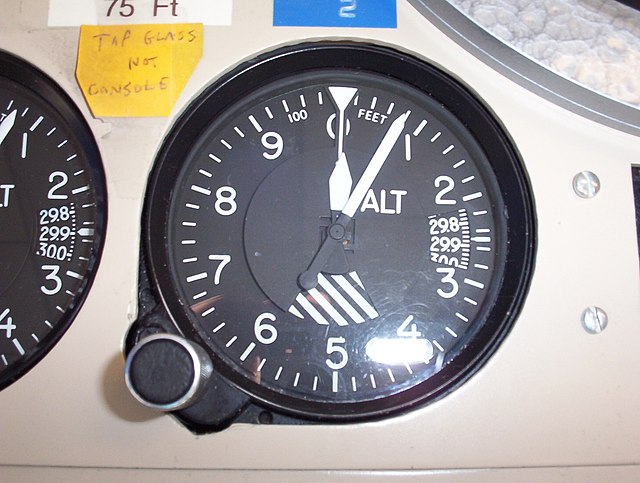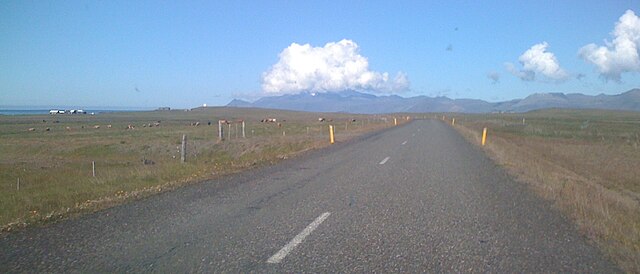A high-pressure area, high, or anticyclone, is an area near the surface of a planet where the atmospheric pressure is greater than the pressure in the surrounding regions. Highs are middle-scale meteorological features that result from interplays between the relatively larger-scale dynamics of an entire planet's atmospheric circulation.
Satellite image showing a high-pressure area south of Australia, evidenced by the clearing in the clouds
The subtropical ridge shows up as a large area of black (dryness) on this water vapor satellite image from September 2000
The Hadley cell carries heat and moisture from the tropics towards the northern and southern mid-latitudes.
Atmospheric pressure, also known as air pressure or barometric pressure, is the pressure within the atmosphere of Earth. The standard atmosphere is a unit of pressure defined as 101,325 Pa (1,013.25 hPa), which is equivalent to 1,013.25 millibars, 760 mm Hg, 29.9212 inches Hg, or 14.696 psi. The atm unit is roughly equivalent to the mean sea-level atmospheric pressure on Earth; that is, the Earth's atmospheric pressure at sea level is approximately 1 atm.
Kollsman-type barometric aircraft altimeter.
A very local storm above Snæfellsjökull (Iceland), showing clouds formed on the mountain by orographic lift
Hurricane Wilma on 19 October 2005. The pressure in the eye of the storm was 882 hPa (12.79 psi) at the time the image was taken.
Boiling water







